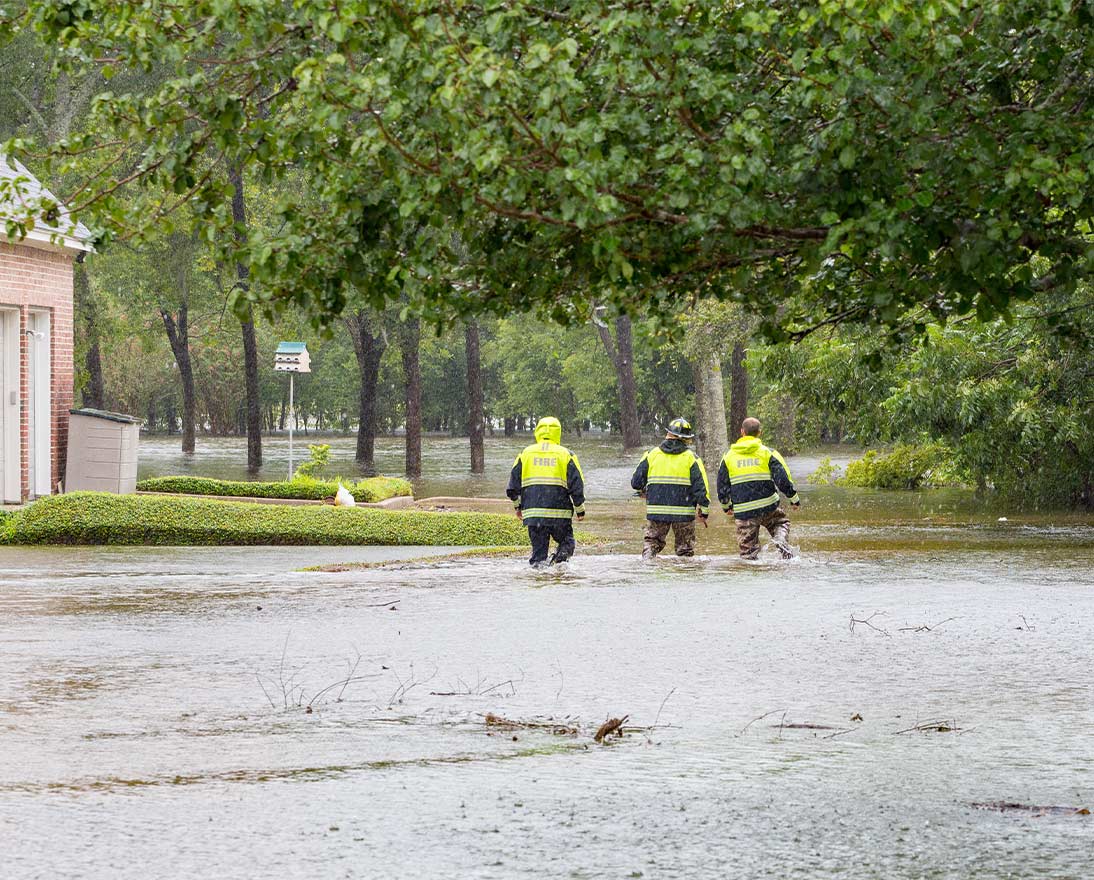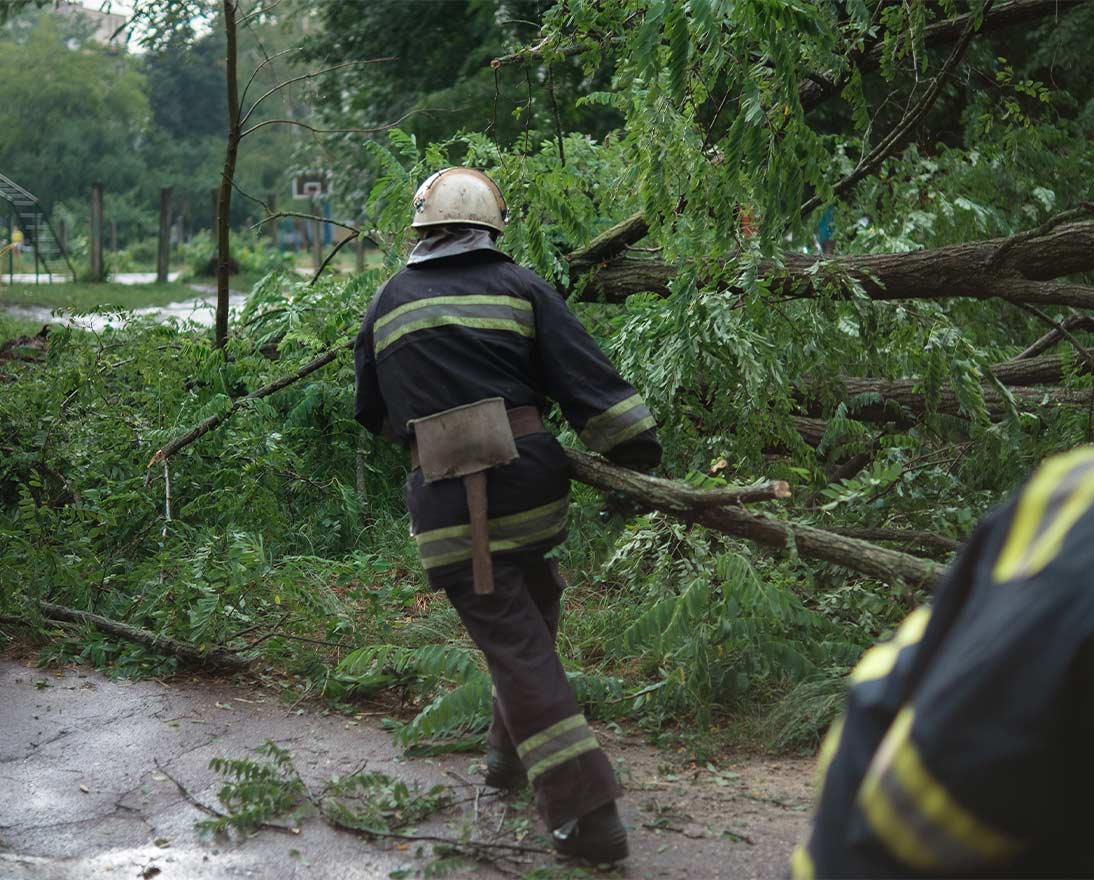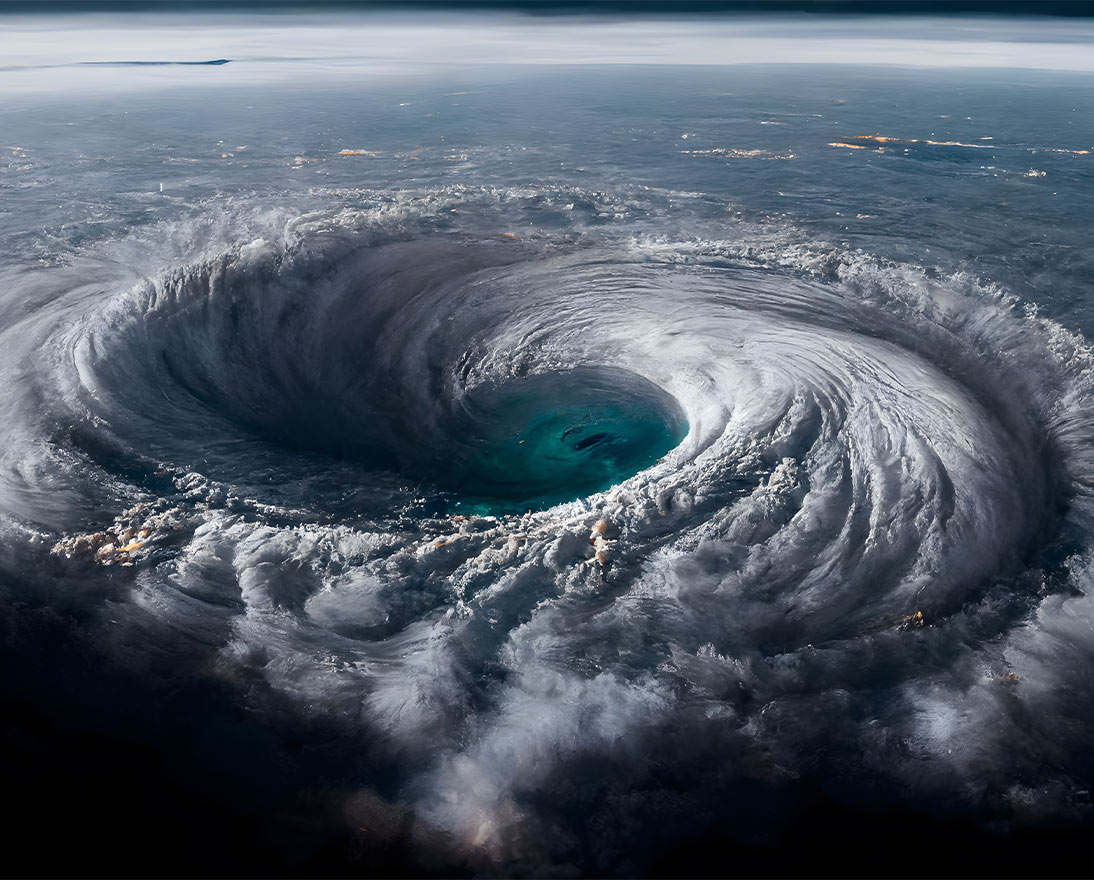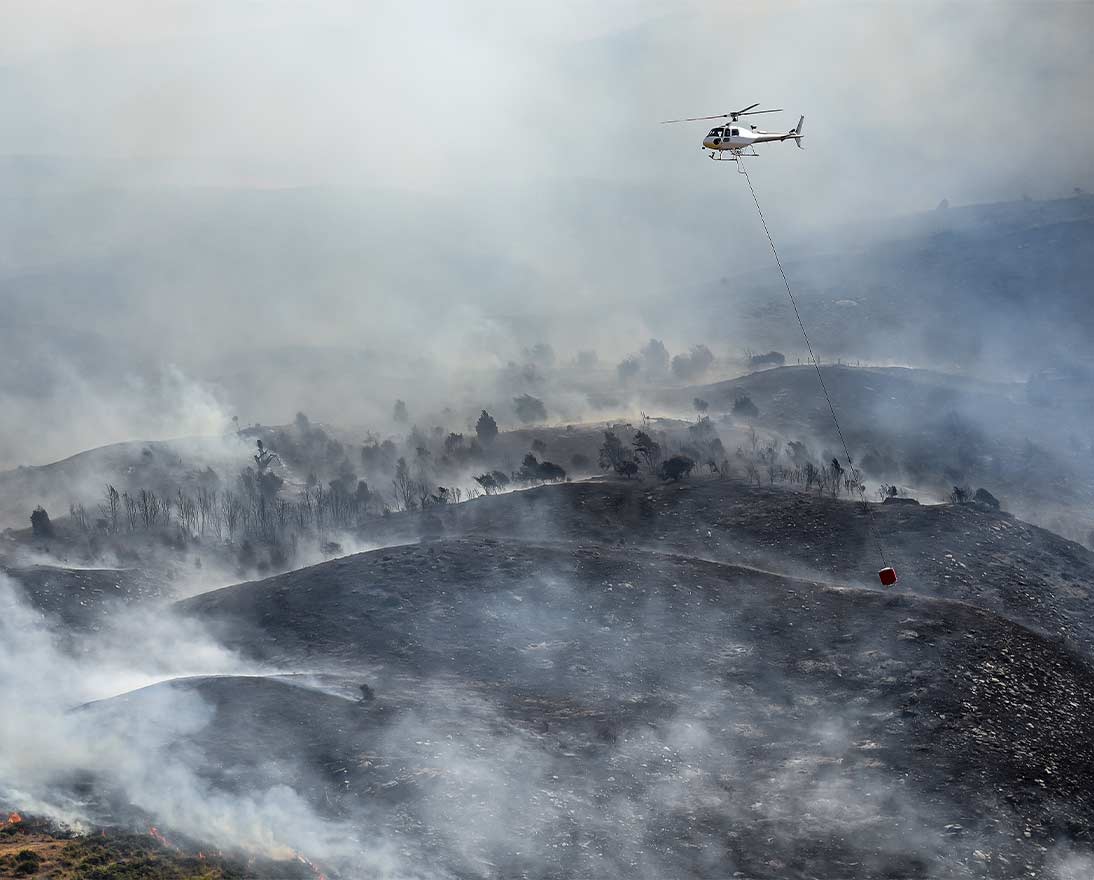Here’s how climate change will impact businesses everywhere – and what can be done
Climate resilienceArticleMay 3, 20247 min read
The impacts of climate change are felt across all industries. But what risks should business leaders be most concerned about, and how can they best prepare for a greener future?
The climate crisis is changing the way we live and the way we work.
The affects are already being felt across many businesses in most industries. But climate change and the transition to a net-zero future could create new industries and new growth opportunities for business, which will bring new jobs and could revitalize economies.
But there’s a downside. Almost all industries are also threatened by the effects of climate change, either directly or indirectly. For companies thinking about the ways the changing climate might affect their business, they should consider the risks that broadly fall into three categories: physical, transition and liability risks.
Physical risks
The physical risks of climate change are immediate threats that come from the environment. These include flooding, hurricanes, drought, wildfires and other natural hazards that are exacerbated by climate change and can cause physical damage to people, property and critical infrastructure. For instance, today there are an estimated 1.8 billion people, or 23 percent of the global population, directly exposed to flood depths greater than 0.15 meters in a 1-in-100-year flood event. At the same time 700 million people are at risk of being displaced as a result of drought by 2030.
Major weather events are already having an impact on business. Damage from global natural disasters in 2023 totaled USD 380 billion in economic losses – with only USD 118 billion of these losses covered by insurance.
The agricultural sector is particularly exposed to physical climate risks. Flooding and drought can pose a risk to crops and livestock, as do extreme cold and extreme heat. The Australian Bureau of Agricultural and Resource Economics, for instance, reported that more than AUD 1 billion dollars have been lost by farmers in the 20 years to 2019 as a result of the changing climate, largely from drought.
The leisure industry is another sector at immediate physical risk from climate change. Ski resorts are seeing shorter seasons as rising temperatures reduce snowfall: almost all U.S. ski resorts could see a 50 percent shorter season by 2050, and up to 80 percent by 2090. While a 2023 report from the European Travel Commission found that 7.6 percent of travelers consider extreme weather as a major concern for traveling within Europe.
Transition risks
Transition risk comes from the potentially higher business costs from new policies, laws and other regulations designed to address climate change. Transition risks can also arise from changes in technologies and consumer trends, which may also lead to reputational risk as society changes its view on ethical business practices. And as sectors move away from activities that contribute to climate change, they risk being left with stranded assets – a piece of land, property or equipment whose value has deteriorated.
The energy industry is particularly open to transition risks. With the push for greener energy sources – and energy security – governments are shifting to a reliance on renewable energy sources and demanding net-zero carbon emissions from energy producers.
Mining is another sector exposed to transition risks. Precious metal mining, for example, could be at financial risk from policies that introduce carbon pricing. The negative effects of mining on the climate and the environment are increasingly becoming a reputational issue for mining companies, with investors nervous of businesses that could cause reputational harm by association.
Liability risks
Liability risks arise from a failure to mitigate, adapt to, disclose or comply with changing legal and regulatory expectations. Climate litigation is increasing worldwide. The total number of climate change court cases has more than doubled between 2017 and 2022, reflecting advances in attribution science, evolving legal disputes and changing public sentiment. It is also being driven by a greater focus from regulators and investors wanting to ensure businesses provide necessary disclosures and comply with an ever-evolving regulatory landscape.
Companies that pollute are obviously exposed to potential litigation. But so are companies that fail to consider future climate change in their products and services. For instance, structural engineers or property developers that fail to consider increased intensity of rainfall in design of drainage systems.
How should businesses respond to climate risks?
“Any company is impacted by different proportions of these risks – physical, transition and liability risks,” says Amar Rahman, Global Head of Climate and Sustainability Solutions at Zurich Resilience Solutions. “Some industries will be more worried by regulatory requirements, while others might be more concerned by the loss of assets through physical damage. But companies should consider all these risks, both short and long term.”
This will require a significant shift in the way companies manage their approach to climate resilience and adaptation. Climate risks should be considered core business risks and their mitigation part of business strategy. As the effects of climate change – and the risks they pose – are ever-changing, analysis for risks should be carried out regularly.
These steps could lead to businesses investing in new technologies, moving into new areas of the industry or adapting their business models. For instance, the Arosa ski resort in Switzerland is developing its summer tourist model to safeguard its business from reduced winter snowfall. Ski resorts are also embracing technology, such as cloud seeding, to nudge clouds into dropping snow, and even wind powered snow machines that work at above zero temperatures.
Businesses shouldn’t act alone
Businesses should aim to collectively develop climate risk solutions leveraging the expertise and considering the needs of other stakeholders, including academia, regulators, government bodies and communities.
Insurers can play a key role too. They naturally want to protect their customers and can share their risk management expertise and experience to help business identify and mitigate potential.
What are the business opportunities from climate change?
Climate change brings huge challenges, but some industries, such as clean energy providers, can embrace opportunities. According to the International Energy Agency, renewable energy is set to become the largest source of global electricity generation by early 2025, surpassing coal. Its share of the power mix is forecast to reach 42 percent in 2028 – up from 28 percent in 2021.
Innovation in transport, too, will reap rewards. For instance, both the EU and UK will ban new fossil fuel car sales in 2035, which will benefit electric vehicle manufacturers. From carbon capture to recycling, new technologies that can help us adapt the way we create and use products will be in high demand. Businesses that come up with new ideas to alleviate the damaging effects of existing industrial processes will thrive.
Managing climate change risks
The effects of climate change are being felt on businesses all over the world. Taking steps to mitigate the impact on the planet is vital, but it also makes good financial sense. By acting now, businesses can lower the risks that come from climate change, and even take advantage of the new opportunities of a greener future. As Rahman says: “Companies that identify and act on climate risks now will have a better chance to not only survive but to thrive in a new net-zero world.”
Climate Resilience
Our Climate Resilience experts help you identify and manage climate risks, and prepare you for climate reporting.





